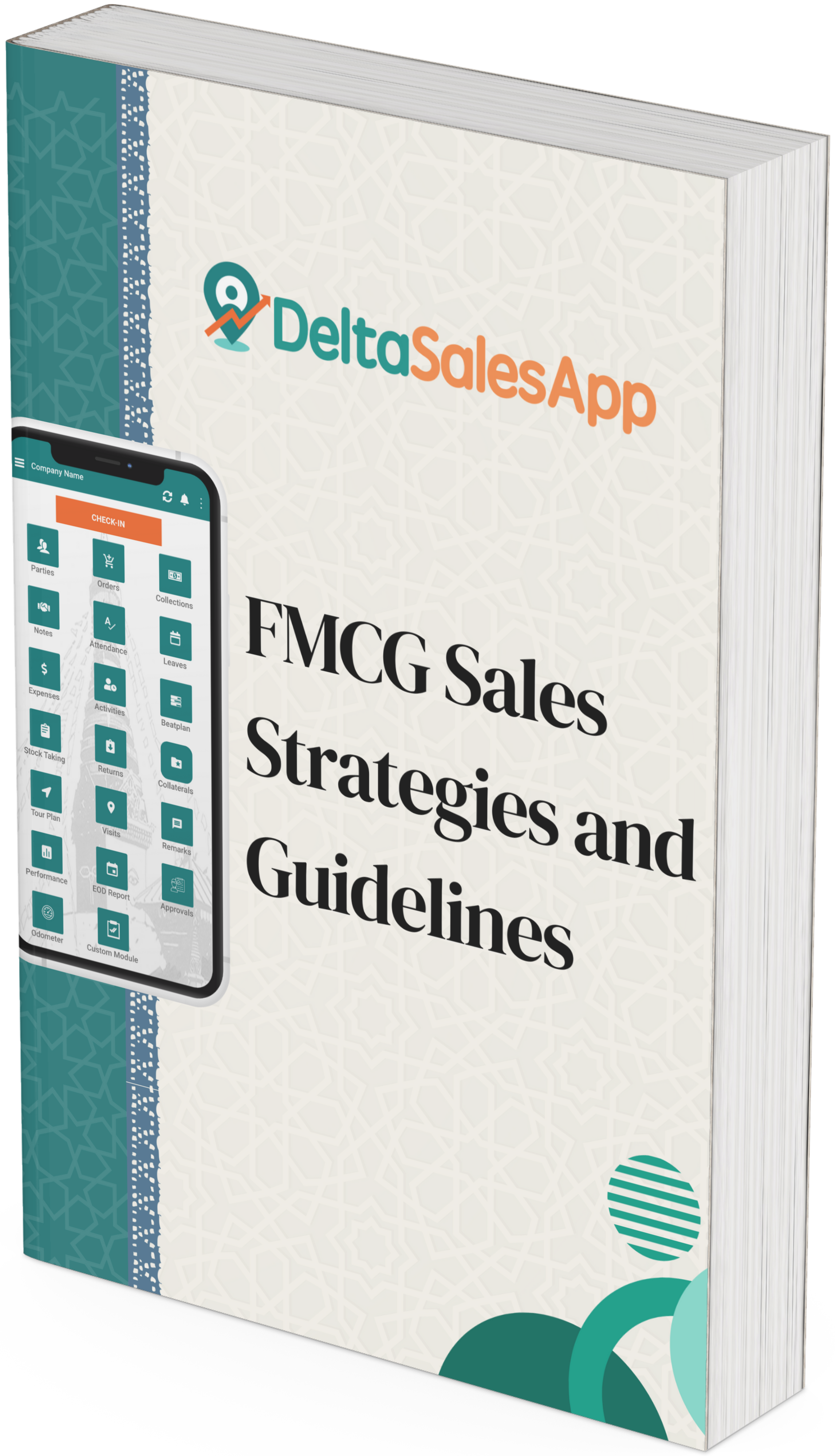Per Capita Consumption: Uses and Insights for FMCG Growth
_(1)_(5)_1743768892.png)
In the world of Fast-Moving Consumer Goods (FMCG), understanding per capita consumption (PCC) is essential for identifying growth opportunities, optimizing strategies, and gaining a competitive edge. If you're looking to enhance your business decisions, this blog will guide you through the concept of per capita consumption, its uses, and how it can help shape marketing and sales strategies in the FMCG sector.
What is Per Capita Consumption?
Per capita consumption refers to the amount of a specific product consumed by an average person in a particular time frame, usually a year. It provides insights into how frequently consumers use a product and can be crucial for market analysts, marketers, and FMCG professionals to gauge demand and plan distribution strategies.
In simple terms, PCC helps determine the average consumption of a product per person within a given population. It’s typically calculated by dividing the total consumption of a product category by the total population.
For example, if the total consumption of chocolate in a country is 10,000 kilograms in a year, and the population of that country is 500,000, the per capita consumption would be 0.02 kg per person annually. This can vary depending on the type of product and the region.
How Per Capita Consumption Helps in the FMCG Industry?
In the FMCG sector, per capita consumption is a vital metric to track because it helps businesses evaluate their product performance in specific markets. Let’s break down its uses in the industry:
1. Identifying Growth Opportunities
One of the primary uses of per capita consumption is identifying growth potential. If a product has low per capita consumption in a certain region compared to global or regional benchmarks, it signals an opportunity for growth. For example, if the consumption of soft drinks in India is significantly lower than in the UK, this indicates room for expansion and targeted marketing efforts to increase consumption.
2. Market Comparison
By comparing the per capita consumption of similar products in different regions or countries, businesses can assess where they stand in the market. This comparison helps in strategic decision-making, such as adjusting marketing strategies or identifying untapped markets. For instance, if a particular category of biscuits has a high per capita consumption in metros but low consumption in smaller cities, businesses can focus on promotional activities and distribution channels to boost consumption in these regions.
3. Setting Performance Benchmarks
Per capita consumption can serve as a performance benchmark for FMCG companies. By tracking how consumption evolves over time, brands can determine whether they are meeting their sales goals and adjust accordingly. Setting realistic targets based on per capita consumption data helps in measuring the success of marketing campaigns and distribution strategies.
4. Assessing Regional Preferences
Per capita consumption also sheds light on regional preferences. It enables businesses to identify cultural or seasonal factors affecting consumption. For instance, in India, the consumption of sweets and chocolates increases significantly during festivals like Diwali and Holi. This can influence marketing strategies, such as launching special offers or limited-edition products to align with local customs and traditions.
Examples of Per Capita Consumption in FMCG Products
To better understand the practical applications of per capita consumption, let’s look at some examples from the FMCG industry.
- Chocolate Consumption:
In India, the average per capita consumption of chocolate is about 140 grams per year. In comparison, countries like the UK have a much higher per capita consumption of around 10 kilograms per year. This highlights a significant growth opportunity for chocolate manufacturers in India, where consumption is still relatively low.
- Soft Drink Consumption:
The per capita consumption of soft drinks in India is approximately 4.2 liters per year, while in the US, it is over 200 liters per year. This indicates a considerable gap and suggests that there is potential for growth, especially by targeting specific regions where consumption is still low.
Strategic Use of Per Capita Consumption in FMCG
Now that we have explored the concept and examples of per capita consumption, let’s dive into how FMCG brands can leverage this information strategically.
1. Competitive Benchmarking
To gauge your position in the market, it’s essential to compare your product’s per capita consumption with competitors. If your consumption rate is lower than the industry standard or global averages, it’s time to assess your market position and look for ways to improve. Benchmarking allows you to measure success and identify areas for improvement.
2. Targeted Marketing Campaigns
By understanding regional differences in per capita consumption, companies can tailor their marketing campaigns accordingly. For example, a company may observe that soft drink consumption is higher in metro cities but lower in rural areas. Based on this insight, they can create targeted campaigns to promote the product more aggressively in rural markets, potentially increasing consumption.
3. Sales Forecasting and Expansion Plans
Tracking changes in per capita consumption can also help with sales forecasting. If a product’s per capita consumption is steadily increasing, it may indicate growing demand. In such cases, companies can focus on expanding distribution networks, increasing production capacity, and scaling marketing efforts to keep up with the growing demand.
4. Adjusting Pricing Strategies
Per capita consumption data can also be valuable for adjusting pricing strategies. If the per capita consumption of a product is low, offering discounts or promotional pricing might help boost demand. Additionally, premium pricing could be adopted if the product’s consumption is high and the target market can support it.
Conclusion
Per capita consumption is a powerful metric for any FMCG company seeking to grow and optimize its marketing and sales strategies. By understanding how much of a product is consumed per person in a given time frame, brands can identify opportunities, set realistic targets, compare performance, and tailor marketing campaigns to maximize their impact. Whether you are expanding into new regions, launching a new product, or looking to improve existing sales, per capita consumption provides crucial insights that can guide your decisions.
By using per capita consumption data effectively, FMCG companies can position themselves to cater to consumer demands, refine their strategies, and ultimately increase their market share. So, the next time you're analyzing market trends, make sure to consider this valuable metric in your strategy!








